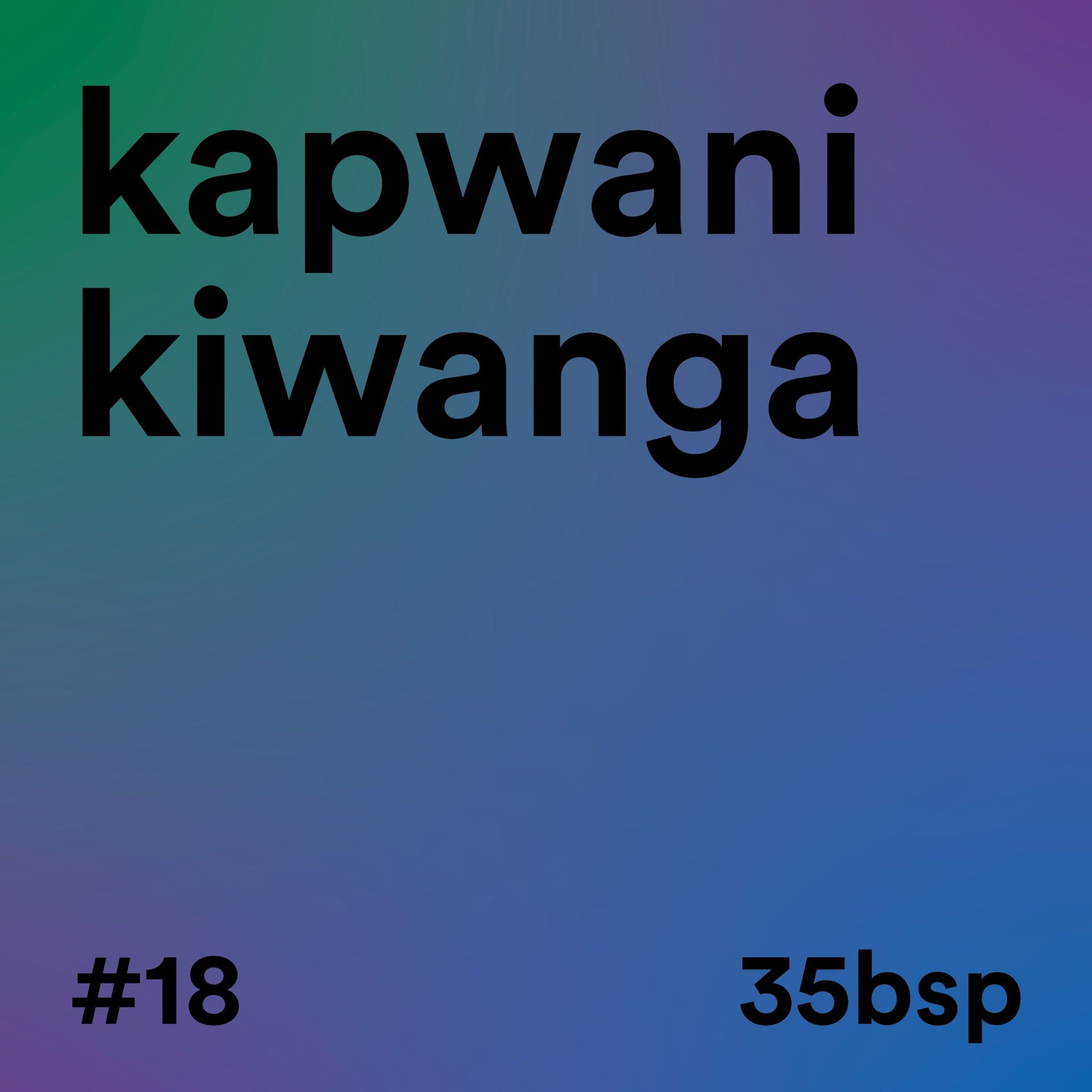
Kapwani Kiwanga
We now arrive at the installation created by Kapwani Kiwanga, a French-Canadian artist who currently lives in Paris. abigail Campos Leal says in her text for the exhibition catalog that “Kapwani Kiwanga’s work affects us through feelings of confusion, but less as a method and more as a path. Her art confounds the rigid foundations of the modern-colonial world, above all its perverse binary logic, such as that of truth and fiction.”
For the 35th Bienal, Kapwani Kiwanga is presenting an installation called pink-blue, from 2017.
The installation is a corridor with walls, ceiling and floor, through which we can walk. It has no windows. The only openings are the entrance and, at the end, a small open door through which you can exit. The dimensions of the corridor are 3 meters high between the floor and the ceiling, 3 meters wide between the two walls, and 16 meters long from the entrance to the exit. On the ceiling there are two rows of fluorescent light tubes, each arranged diagonally to the walls.
In the first half of the corridor, the ceiling, walls and floor are painted pink. In the second half, they are painted white. In the pink section, the neon lights on the ceiling are white. They reinforce the shades of pink. On the white side, however, the lights are blue, so the visual effect is blue rather than white.
Visitors must first enter through the pink section and exit through the blue section, walking towards the small door and feeling the nuances provided by the play of colors. The difference in colors gives a division to this space, which is closed and continuous. The neon lights arranged diagonally, in turn, disorientate our sense of a straight, linear walk.
As Campos Leal says, pink-blue “is based on Kapwani’s research into total institutions – such as psychiatric institutions and prisons – and the impact of punitive architecture and design on our bodies, as well as constant surveillance. The installation brings to light mechanisms that surreptitiously shape, regulate and predict forms of sociability. In this case, the color pink, specifically Baker-Miller Pink, would calm aggressive instincts, while neon blue would make it difficult to locate veins, inhibiting injecting drug users.”

 Português
Português